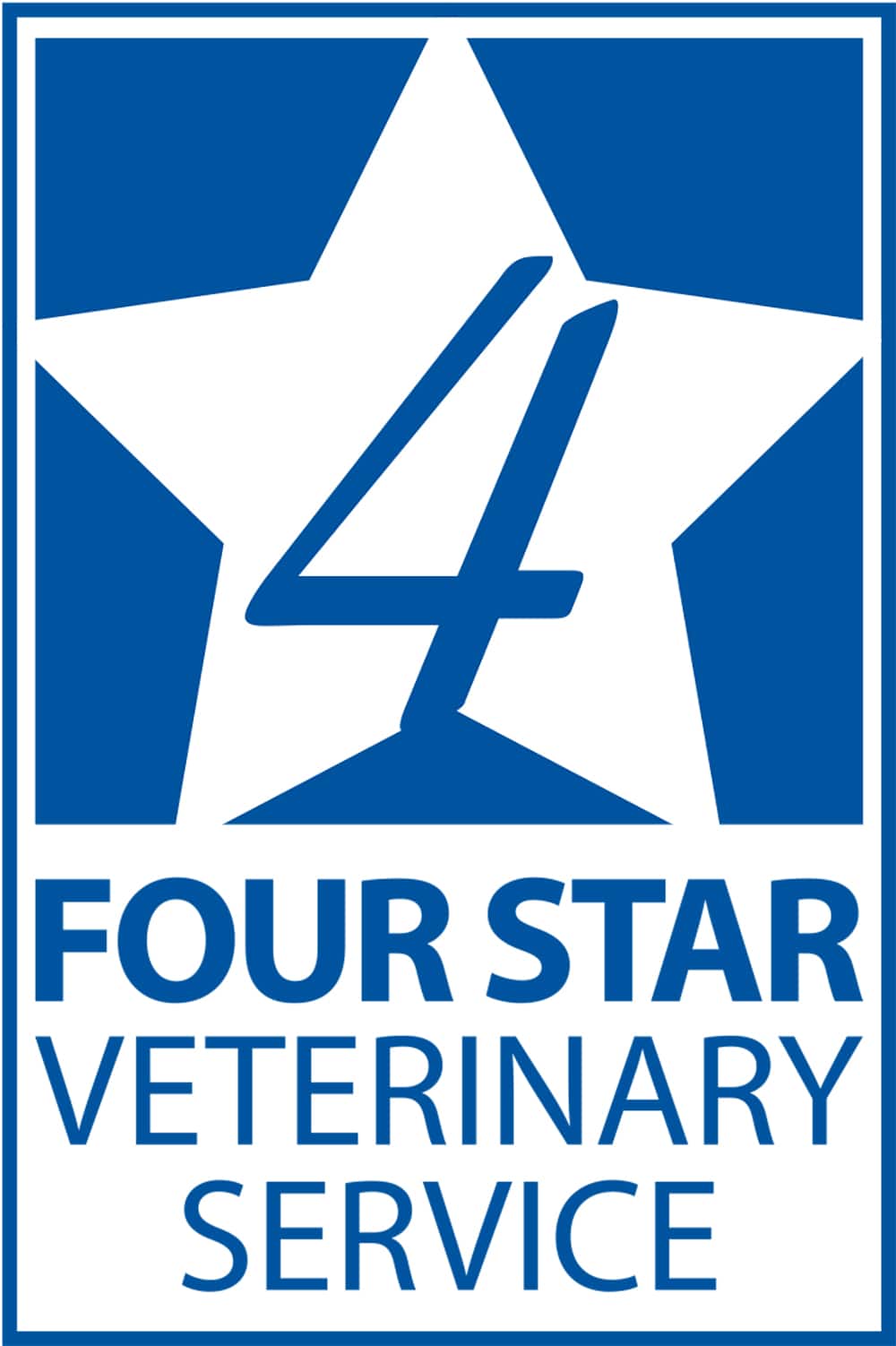A dry cough heard in a finishing unit usually indicates M. hyo is causing respiratory distress and reducing growth in pigs almost ready for market. Bryant Chapman, DVM, Four Star Veterinary Service, helps clients reduce the effects of M. hyo.
Early intervention minimizes health issues caused by calf scours
Early identification and treatment of scours is the best way to prevent serious health issues in newborn calves, according to Trey Gellert, DVM, Four Star Veterinary Service, Chickasaw, OH.
